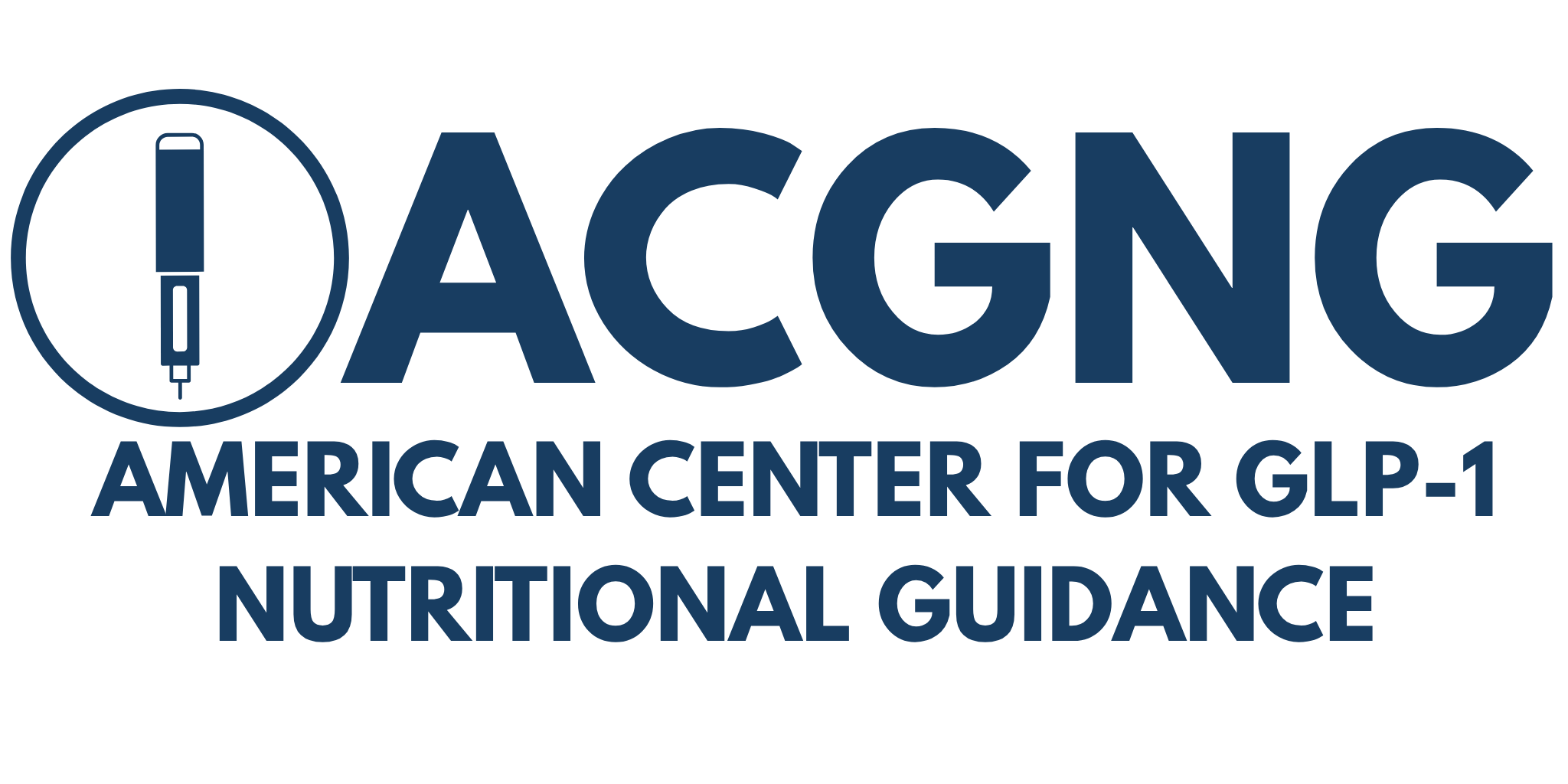What Is Semaglutide?
Semaglutide is a long-acting GLP-1 receptor agonist that mimics the hormone glucagon-like peptide-1 to regulate blood sugar, insulin, appetite, and satiety. It is available in three formulations:
- Ozempic: Once-weekly injectable approved for type 2 diabetes and cardiovascular risk reduction
- Wegovy: Once-weekly injectable approved for chronic weight management
- Rybelsus: Daily oral tablet approved for type 2 diabetes
Mechanism of Action
Semaglutide activates GLP-1 receptors to:
- Increase glucose-dependent insulin secretion
- Suppress post-meal glucagon release
- Delay gastric emptying and increase satiety
- Significantly reduce appetite and calorie intake
Indications
- Ozempic: Adults with type 2 diabetes, and to reduce risk of cardiovascular events in those with known heart disease
- Wegovy: Adults and teens ≥12 years with obesity or overweight with at least one weight-related condition
- Rybelsus: Adults with type 2 diabetes when diet and exercise alone are not sufficient
Dosage & Administration
- Ozempic: Subcutaneous injection once weekly, starting at 0.25 mg and titrated up to 2.0 mg
- Wegovy: Subcutaneous injection once weekly, starting at 0.25 mg and titrated up to 2.4 mg
- Rybelsus: Oral tablet taken once daily on an empty stomach, starting at 3 mg and titrated to 7 or 14 mg
Benefits
- HbA1c reduction of up to 1.5–2.0% (Ozempic, Rybelsus)
- Weight loss of 12–17% on average (Wegovy)
- Cardiovascular risk reduction in people with diabetes and heart disease (Ozempic)
- Once-weekly or oral dosing options increase flexibility
Side Effects
- Nausea (most common), especially early in treatment
- Vomiting, diarrhea, or constipation
- Fatigue, dizziness, headache
- Gallbladder issues, pancreatitis (rare)
- Injection site reactions (for Ozempic/Wegovy)
Contraindications & Warnings
- Personal or family history of medullary thyroid carcinoma (MTC)
- Multiple Endocrine Neoplasia syndrome type 2 (MEN 2)
- History of pancreatitis (use with caution)
- Severe gastrointestinal disorders may be worsened
Clinical Evidence
- SUSTAIN Trials: Demonstrated superior HbA1c control and weight loss for Ozempic compared to other diabetes treatments.
- STEP Trials: Wegovy resulted in 15%+ average weight loss in non-diabetic individuals with obesity.
- PIONEER Trials: Rybelsus effectively reduced HbA1c in oral form, marking the first GLP-1 available as a pill.
Comparison of Semaglutide Brands
| Brand | Formulation | Indication | Max Dose | Key Benefit |
|---|---|---|---|---|
| Ozempic | Injectable (Weekly) | Type 2 Diabetes | 2.0 mg | Blood sugar control + CV risk reduction |
| Wegovy | Injectable (Weekly) | Weight Management | 2.4 mg | Significant weight loss |
| Rybelsus | Oral (Daily) | Type 2 Diabetes | 14 mg | First oral GLP-1 medication |
Cost & Access
- Ozempic and Rybelsus often covered under diabetes insurance plans
- Wegovy may require prior authorization for weight loss
- Manufacturer savings programs are available for eligible patients
Summary
Semaglutide offers some of the most effective options currently available for both diabetes management and weight loss. With injectable and oral formulations, strong clinical evidence, and broad approval, it has become a leading GLP-1 therapy in the U.S. and worldwide.
References
- Wilding JPH, et al. “Once-Weekly Semaglutide in Adults with Overweight or Obesity.” NEJM. 2021.
- Marso SP, et al. “Semaglutide and Cardiovascular Outcomes in Patients with Type 2 Diabetes.” NEJM. 2016.
- FDA Prescribing Information for Ozempic, Wegovy, and Rybelsus. 2024.
- Davies MJ, et al. “Management of Hyperglycemia in Type 2 Diabetes.” Diabetes Care. 2024.
